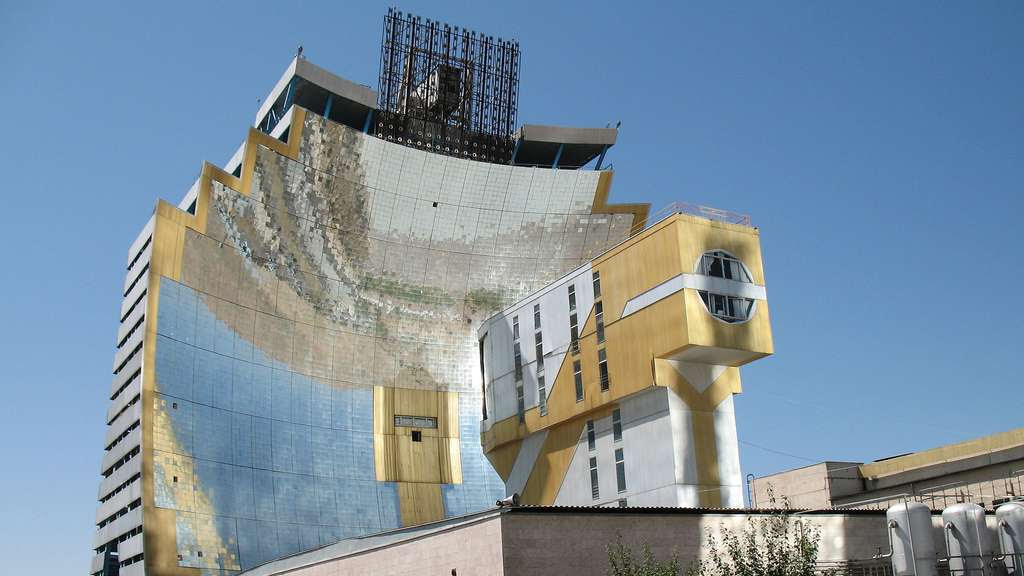A laboratory of the CNRS- PROMES, installed in Odeillo in the Eastern Pyrenees in France develops the technology of concentrated solar energy which is characterized by the use of a parabolic mirror reflecting the rays of the sun which are going to cross in a single point.
This technology uses the same principle as that developed by Archimedes with the burning mirrors that were used during the siege of Syracuse during the Second Punic War between Rome and Carthage. This principle makes it possible to concentrate 16,000 times the solar energy and to raise temperatures up to 3,000 degrees, but only during the day, because at night, in the absence of sunlight, the installation cannot produce electricity.
The laboratory has recently developed a new machine that allows circumventing this difficulty by storing energy at very high temperatures.
To do this, researchers have developed a metal powder that behaves like a liquid and allows the heat produced by the sun to be transported. Gilles Flamant, director of the laboratory of processes, materials and solar energy, explains that the solar energy will be captured at high temperature, stored in the particles themselves and then released to produce electricity.
With solar energy now available day and night, concentrated solar power plants will be able to compete with other means of electricity production. It is possible to imagine that a desert surface equivalent to the area of Spain would be sufficient for this type of installation to produce electricity for the entire planet without waste, pollution and greenhouse gases.



Comment here